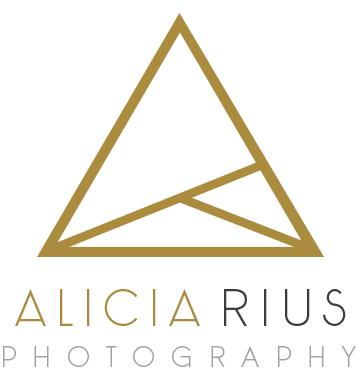Lightroom vs. Photoshop is a long-standing debate in photography. There are a lot of advantages to both, but it's up to the photographer to decide when and how to use them. It's important to look at their capabilities and application scenarios to figure out which one most photographers like to use.
The Divide
Adobe Lightroom is a non-destructive photo editor that is great for photographers needing image management tools along with image batch processing capabilities. It has array of great options for photographers including Lightroom presets. Adobe Photoshop, on the other hand, is an unmatched pixel-level editor, proving best for fine-tweaking and combining images.
Workflow Optimization
For managing, tagging, and editing large numbers of photos, Lightroom is the right choice. Its Library Module allows photographers to easily import, tag and organize images with metadata, keywords and ratings. In the event and wedding photography industries, where hundreds or even thousands of photos are taken in one session, this is especially useful.
Photoshop, by contrast, does not include these organizing features. Adobe Bridge can be used to organize images, but it does not fit in your editing workflow as well as Lightroom does.
Editing Approach
Since Lightroom's workflow is non-destructive, photographers can undo and readjust edits at any time without affecting image quality because edits are saved as metadata. For photographers who want the minor but meaningful adjustments, adjustments can be made globally (exposure, contrast, white balance) or locally (gradual filters, radial filters, brushes).
As long as layers and smart objects are not used, Photoshop is destructive (or semi-destructive) editing directly to the image. Its pixel-level precision makes it ideal for advanced retouching like skin smoothing, object removal, and fine details that Lightroom cannot achieve. For tasks like these, Clipping Path Action provides expert Photoshop editing services. The company ensures precise and professional results customized to photographers' needs.
Tone Control and Color Grading
With Lightroom, you get greater control over HSL sliders, split toning, and lens corrections, so you can adjust even tonal settings on a bunch of photos. If you work with presets or want to keep your look consistent, Lightroom is the tool of choice.
While Photoshop can do more advanced color grading, it's better for projects that require precise masking and detailed tonal changes, which makes it a popular choice for editorials.
Purpose-based Editing
Portrait Photographers: Portrait photographers often use both tools. They use Lightroom to make any global edits, and then Photoshop for skin retouching, removing distractions, and compositing.
Landscape Photographers: For Landscapes, Lightroom’s better RAW processing engine and lens corrections are all over the place. Photoshop’s strengthening of images into HDR ones, or blending together panoramas, provides even more flexibility.
Commercial and Product Photographers: Photoshop is the solution of choice for high-end product shots that call for complex compositing or pixel-perfect post-processing.
Final Thoughts
It’s not an either-or question, whether to use Lightroom or Photoshop; it’s a matter of the photographer’s needs. Lightroom is best for your workflow and batch work, and Photoshop is the best when it comes to precision work. For the majority of professionals, the best approach is to use both tools together in their workflow.


